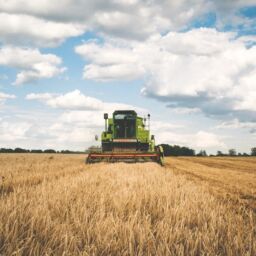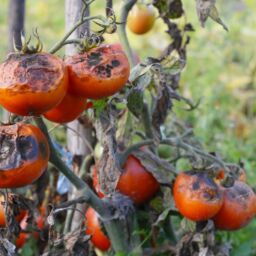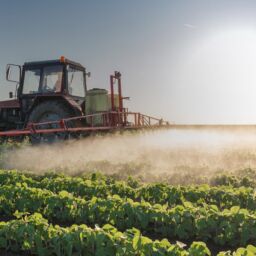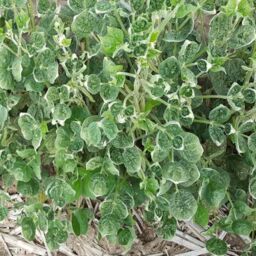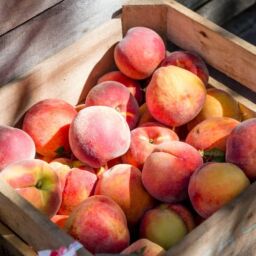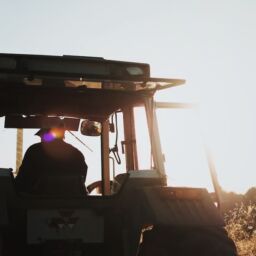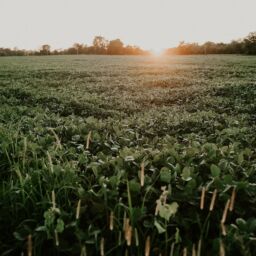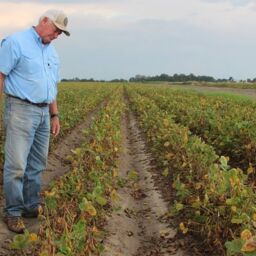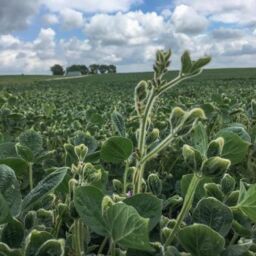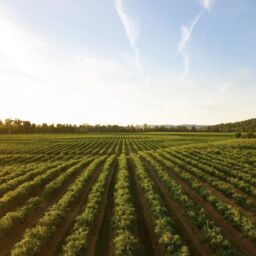Dicamba damage | Iowa Farmer Today | July 20, 2020
“There is no question that dicamba injury across the Iowa landscape in 2020 is the most extensive it has been since the introduction of dicamba in the 1960s. Iowa State Extension field agronomists and commercial agronomists in several areas of the state report nearly all non-dicamba resistant soybean are showing symptoms characteristic of dicamba, and in many fields the injury is fence row to fence row. This is not the type of injury we have observed in the past. It’s at a landscape level.
The focus over the past three years has been on post-emergence dicamba applications on dicamba resistant (DR) soybean. This year it is apparent the problem is not that simple.
On June 3, the U.S. Court of Appeals canceled registration of dicamba products used on soybean, creating turmoil in soybean producing regions across the country. Although many state regulatory agencies stated they would not enforce the ruling and eventually the EPA delayed withdrawal of registration until July 31, people who had planted DR soybeans were concerned about how they would control herbicide-resistant waterhemp and other weeds.
Soybeans across the state were reaching the stage appropriate for POST applications at the time of the ruling (71% of Iowa’s soybeans were planted by May 10). It is likely that some applicators made poor decisions regarding appropriate application conditions based on fears dicamba would be made unavailable for use in 2020.
The 2020 growing season got off to a great start with a record pace for planting both corn and soybeans across most of the state. This resulted in soybeans reaching susceptible stages when early applications of dicamba were being made to corn, and in many areas there was an overlap between dicamba being sprayed on corn and soybeans — these two things do not coincide so closely in many years.
While conditions were great for getting the crop in the ground, weather conditions offered few days ideal for applying herbicides. For example, in north-central Iowa in the two weeks following the court ruling, wind speeds during the day averaged greater than 12mph for 10 of the 14 days, resulting in a total of 40 hours during that time period when daytime wind speeds were between 3 and 10mph.
Daily high temperatures exceeded 85° on five of those days. Weather conditions limited opportunities to get fields sprayed, resulting in large quantities of dicamba being applied in a small time period. Limited rainfall during this period left dicamba on soil and foliar surfaces for extended times where it is prone to volatilization during hot periods.
Dicamba use in corn has increased in recent years due to the spread of waterhemp biotypes resistant to Group 5 (atrazine), Group 9 (glyphosate) and Group 27 herbicides (HPPD inhibitors). Several agronomists have reported dicamba being used for late post-emergence applications after earlier treatments performed poorly.
In addition to more acres being sprayed with dicamba, the rates of dicamba have increased for multiple reasons:
Marketing programs in 2020 resulted in movement from Status (dicamba + diflufenzopyr) to straight dicamba products. The diflufenzopyr in Status allows dicamba rates to be reduced by 50%, and the switch to straight dicamba products resulted in more dicamba per acre being applied.
Nearly all of the dicamba products used in corn are formulations higher in volatility than the formulations registered for use in DR soybean. Dicamba use in corn also has a lot of flexibility in terms of drift reduction practices compared to the unprecedented restrictions placed on dicamba use in soybeans.
Nearly everyone in agriculture recognizes the widespread injury to soybeans this year is not acceptable. Weed scientists in the Delta region coined the term “atmospheric loading” to describe the problems their region experienced with dicamba movement.
Atmospheric loading refers to so much dicamba moving into the atmosphere that it is difficult, if not impossible, to identify the specific application that resulted in injury to a field. This is what appears to have occurred across much of Iowa in 2020.
There is no simple solution to this problem (other than reevaluating dicamba use in corn and soybean). The current labels for dicamba products used on soybeans are so strict that any additional application restrictions would essentially render dicamba useless for waterhemp control.
New formulations of dicamba with lower volatility than current products are being evaluated and are projected to be in the market place in the future, pending regulatory approvals. These formulations are expected to be used in Xtendflex soybeans (resistant to dicamba, glyphosate, and glufosinate).
Significant reductions in volatility and better drift management practices could greatly reduce risks associated with dicamba, and these formulations probably should be mandated for use on corn, and for other dicamba uses where appropriate.
While most of the focus is on the damage done to soybeans because of their high sensitivity to dicamba, it is not difficult to find injury symptoms on other plants in the landscape. Herbicides will continue to be the backbone of agricultural weed management for the foreseeable future, but they need to be used as part of an integrated management program in order to protect their effectiveness and reduce negative impacts to the environment.”
FREE Consultation | 314-833-4826
Dicamba Damage Lawyers at Peiffer Wolf Carr Kane & Conway are fighting on behalf of farmers and landowners to seek maximum compensation for the damages suffered due to Dicamba Damage. If you suspect that your crops or plants have been damaged by dicamba, contact Peiffer Wolf Carr Kane & Conway by filling out a Contact Form or by calling 314-833-4826 for a FREE Consultation.


